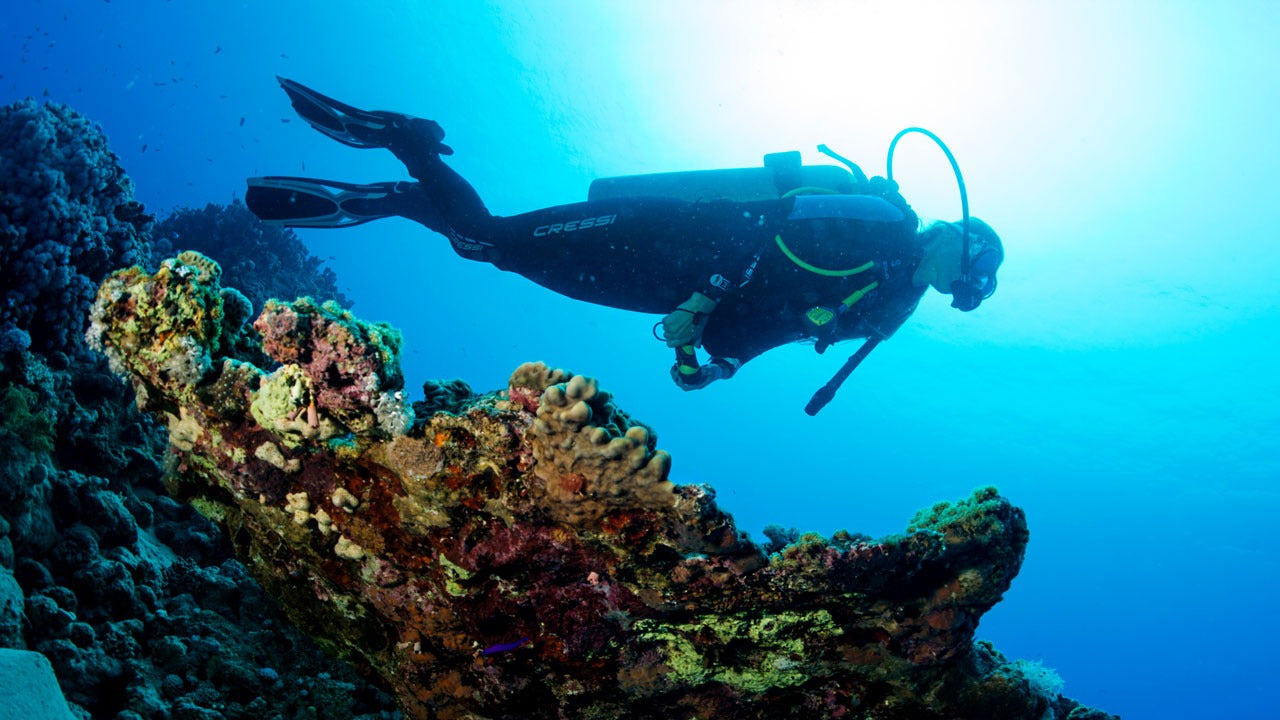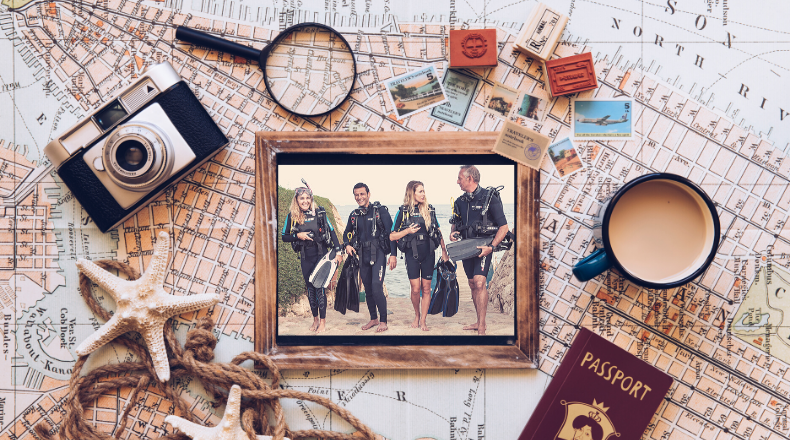SNUBA, SASY And BOB - 3 Fun Ways to Explore the Underwater World

Scuba diving is an amazing activity that opens the door to a whole new range of experiences and sights. All kinds of fishes, marine animals, corals, and algae allure thousands of people to go beneath the waves. But what if you too dream of exploring the magical underwater world, yet for one reason or another can’t go scuba diving? Well, then read carefully because this article will introduce 3 other activities that can be your passage into the subsurface realm.
1. SNUBA
Snuba is a form of shallow water diving that combines the best aspects of snorkeling and scuba. Snuba divers don’t need to wear buoyancy compensators and air cylinders, as the air they breathe is supplied through a long breathing hose, attached to their regulators on one side and a standard scuba tank contained in an inflatable raft on the surface on the other. The only equipment necessary is a mask, fins and a weight belt, which makes this activity ideal for those who would like to dive but are intimidated by cumbersome scuba equipment.
Another benefit of snuba is that it requires only minimal training, similar to that in introductory scuba courses. A few skills that divers will need to obtain are airspace equalization, mask clearing, and proper breathing.
The dive itself usually lasts for around 30 minutes. The depth limit of snuba is determined by the length of the air hose, which is 20 feet (6 m).
Snuba is also a great activity if you want to dive with your whole family. Children as young as 8 can go snuba diving, and with the special Snuba Doo program, even the 4-year-olds get into the act.
All in all, snuba is a great way to get acquainted with the world beneath the waves, in particular for those, who don’t feel very comfortable in the water. Experience shows that many snuba divers, fascinated by the experience, get certified for scuba later on.
2. SASY
SASY is an activity designed specifically for children and youth. The abbreviation stands for Supplied Air Snorkeling for Youth and is essentially a personal flotation device with a scuba regulator and a small air cylinder attached. SASY is most often used as a way to get children involved in underwater diving before they are old enough for scuba courses. This activity proves to be more comfortable and better liked by young kids than snorkeling because it eliminates the chance of occasionally breathing water through the snorkel.
As for the structure of the device itself, it consists of a nylon vest, filled with foam material to provide over 7 pounds of buoyancy, and a 13 to 19 cubic foot tank. The unit adjusts to fit children of various ages and sizes snugly but comfortably and incorporates a number of additional safety features. The minimal age for using SASY is 5 years old.
Many dive centers around the world organize SASY training and tours for children. Ordinarily, the training involves an equipment briefing, skill practice, and a supervised pool session.
3. BOB
Last but not least in our selection of diving forms is BOB - short for Breathing Observation Bubble. BOB is one of the most unusual underwater experiences, as it basically allows the diver to ride a motor scooter at depth. The device includes a large acrylic bubble that covers the diver’s head and upper torso and allows him/her to breathe the air inside the bubble at ambient pressure. The air is supplied to the bubble from a standard scuba cylinder attached to the front of the driver's body.
The observation bubble also incorporates an electric motor, a rechargeable l2-volt battery, lights for operating at night, the steering wheel and an instrument panel. The maximum depth for BOB is 40 feet (12 m), but dives are typically kept to half that.
The greatest thing about BOB is that it is available for almost everybody to enjoy, even non-swimmers can take part. All training needed is a half-hour orientation session.




